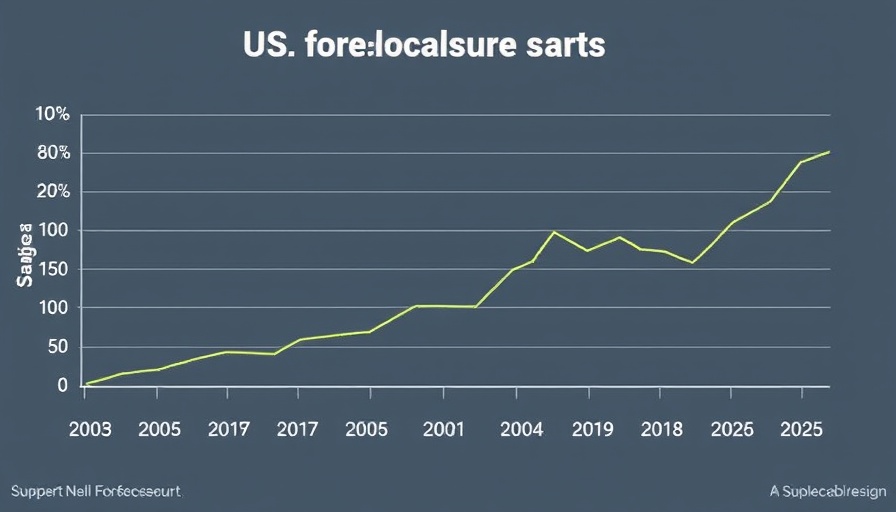
The Changing Landscape of the Las Vegas Housing Market
In September 2025, the Greater Las Vegas housing market revealed a notable shift as cooling prices emerged against a backdrop of rising inventory. The number of single-family homes listed for sale in Las Vegas surged, climbing nearly 40.8% year-over-year, contrasting with a distinct cooling in buyer activity.
This transition signals a move toward a more balanced market, yet with affordability challenges looming. In a real estate sector traditionally characterized by investor dominance, residential and commercial property owners must navigate an evolving landscape marked by increase in inventory and shifts in buyer strategies.
Rising Inventory: What It Means for Buyers and Sellers
The Las Vegas market saw inventory levels maintain an upward trajectory, with active listings hitting 8,100, reflecting a steady increase from previous months. In fact, the rise in inventory is reportedly driven by a combination of factors, including buyers becoming more cautious in light of fluctuating mortgage rates and economic conditions.
As of September, the months of inventory expanded to 4.6 months—a clear indicator that supply outpaces demand, a stark change from the previous, more competitive climate. With more homes on the market, buyers are experiencing greater leverage in negotiations, especially in price-sensitive segments. This presents sellers with the urgent need to price their properties strategically to avoid prolonged days on the market.
Price Pressure: A Steady Flattening Trend
The median list price for homes in Las Vegas held steady at $475,000, a slight decrease of 0.5% from the previous year. While prices have not plummeted drastically, the flattening indicates a market correction influenced by increased listings and broader national trends of home price stasis.
It’s important to highlight that price reductions are becoming more common, with about 23.2% of active listings facing some level of price cut. This trend is vital for property owners and potential sellers who must adjust their expectations in alignment with a cautious buyer base, while still maintaining a vigilant eye on the overall economic climate.
The Role of Investors and Future Market Dynamics
Interestingly, despite the cooling and apparent buyer market conditions, real estate investors remain integral to the Las Vegas landscape. Holding approximately 23% of the total market share, these investors have a significant influence on pricing stability, primarily due to their holding strategies and long-term rental approaches. The investment dynamics bring a layer of resilience to an otherwise fluctuating market.
However, this persistent investor activity raises questions about the long-term implications for affordability and market accessibility for average buyers. As investors focus on maintaining high-value properties, the risk of creating additional barriers for first-time buyers escalates, necessitating comprehensive strategies that include financial education for prospective homeowners.
Looking Ahead: Predictions for the Las Vegas Housing Market
As 2025 progresses, the housing market in Las Vegas is expected to evolve. Current indicators suggest that while cooling prices may offer short-term opportunities for buyers, the long-term effect of rising inventory and persistent investor activity may lead to further price adjustments down the line.
Experts advise that both buyers and sellers must stay informed and adaptable as the market navigation becomes increasingly intricate. Those interested in investing must weigh the potential for appreciation against affordability constraints and changing buyer expectations.
Conclusion: The Importance of Staying Informed
For residential and commercial property owners, understanding the ongoing changes in the Las Vegas housing market is essential. By remaining informed about market trends, pricing strategies, and investor impacts, stakeholders can make strategic decisions that position them favorably in this shifting landscape.
 Add Row
Add Row  Add
Add 




Write A Comment